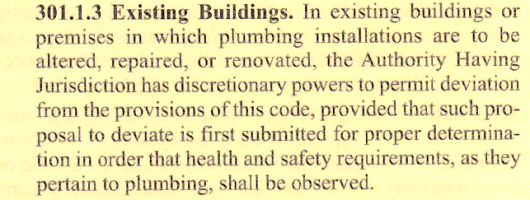California Takes the Lead on Water Efficiency Standards (as of October 2015)
California faces the most severe drought in the state’s history. From low snowpack levels in the Sierra Nevada mountains to dry fields, the worsening conditions have led to the state’s first mandatory water restrictions in order to reduce usage by 25 percent.
On April 1, 2015, Governor Jerry Brown released Executive Order B-29-15 mandating emergency regulations that would improve the efficiency of water appliances—including toilets and faucets in new and existing buildings.
The executive order enabled the California Energy Commission, the agency responsible for adopting new efficiency standards, to speed approval on water appliance standards and to implement a temporary statewide rebate program for these appliances. The Commission approved the new efficiency standards on April 8, 2015. These newly adopted standards changed the required maximum flow rates for the following water appliances:
Urinals from 0.5 gpf to 0.125 gpf.
Residential faucets from 2.2 gpm to 1.2 gpm.
Kitchen faucets from 2.2 gpm to 1.8 gpm with possible capability to increase to 2.2 gpm. Public lavatory faucets shall not exceed a flow rate of 0.5 gpm.
California now leads the nation with standards that are more stringent than the EPA’s WaterSense Program. The new water efficiency standards could save over 10 billion gallons of water in the first year and eventually over 100 billion gallons of water per year according to the California Energy Commission.
In the 2015 session, California lawmakers continued to look at ways to conserve water, considering at least eight bills directed towards water efficiency or conservation. These bills included programs that fund water conservation and efficiency projects, create tax breaks and financial incentives to promote the use of water efficient fixtures and regulate water efficiency standards on state owned property.¹

